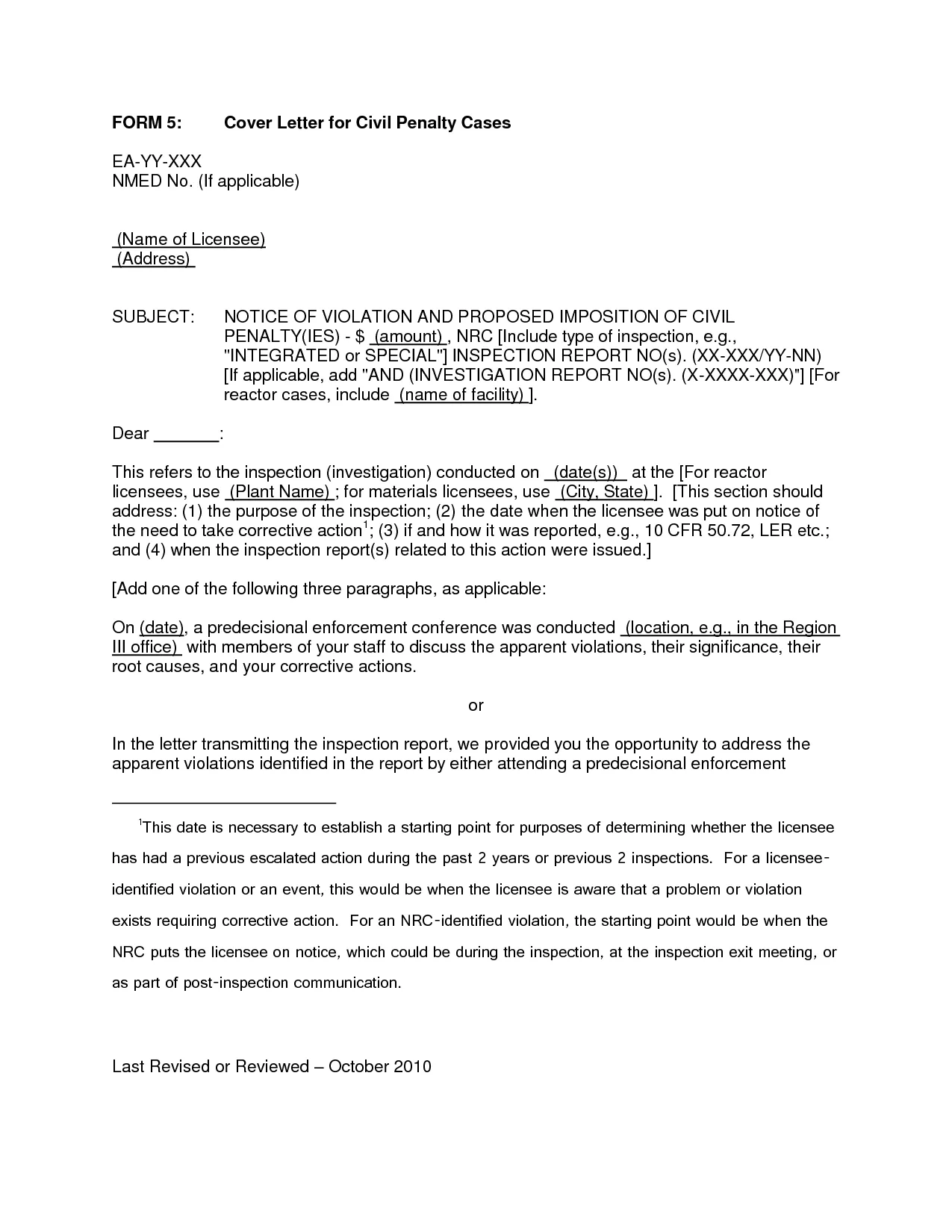Why Addressing Matters in a Cover Letter
The cover letter is your first point of contact with a potential employer. It’s a crucial opportunity to make a positive first impression. Addressing your cover letter correctly, and in particular, addressing it to a specific person, demonstrates that you’ve done your research and are genuinely interested in the role and the company. A well-addressed cover letter immediately sets you apart from the numerous applicants who may be sending out generic applications. The personalized touch shows initiative and attention to detail, qualities that employers highly value. It shows that you’re not just sending out a mass application but have taken the time to tailor your message to their specific needs.
The Impact of a Properly Addressed Cover Letter
When you address your cover letter to the hiring manager or the relevant person, you establish a direct line of communication. This personalization fosters a sense of connection and can significantly increase your chances of getting your application noticed. It signals that you’ve taken the time to learn about the company and the role, indicating a higher level of interest and commitment. Furthermore, addressing your letter correctly allows you to tailor your message to the specific person reading it, highlighting the skills and experience that are most relevant to their needs and expectations. This attention to detail can significantly enhance your chances of progressing to the next stage of the recruitment process.
Consequences of Improper Addressing
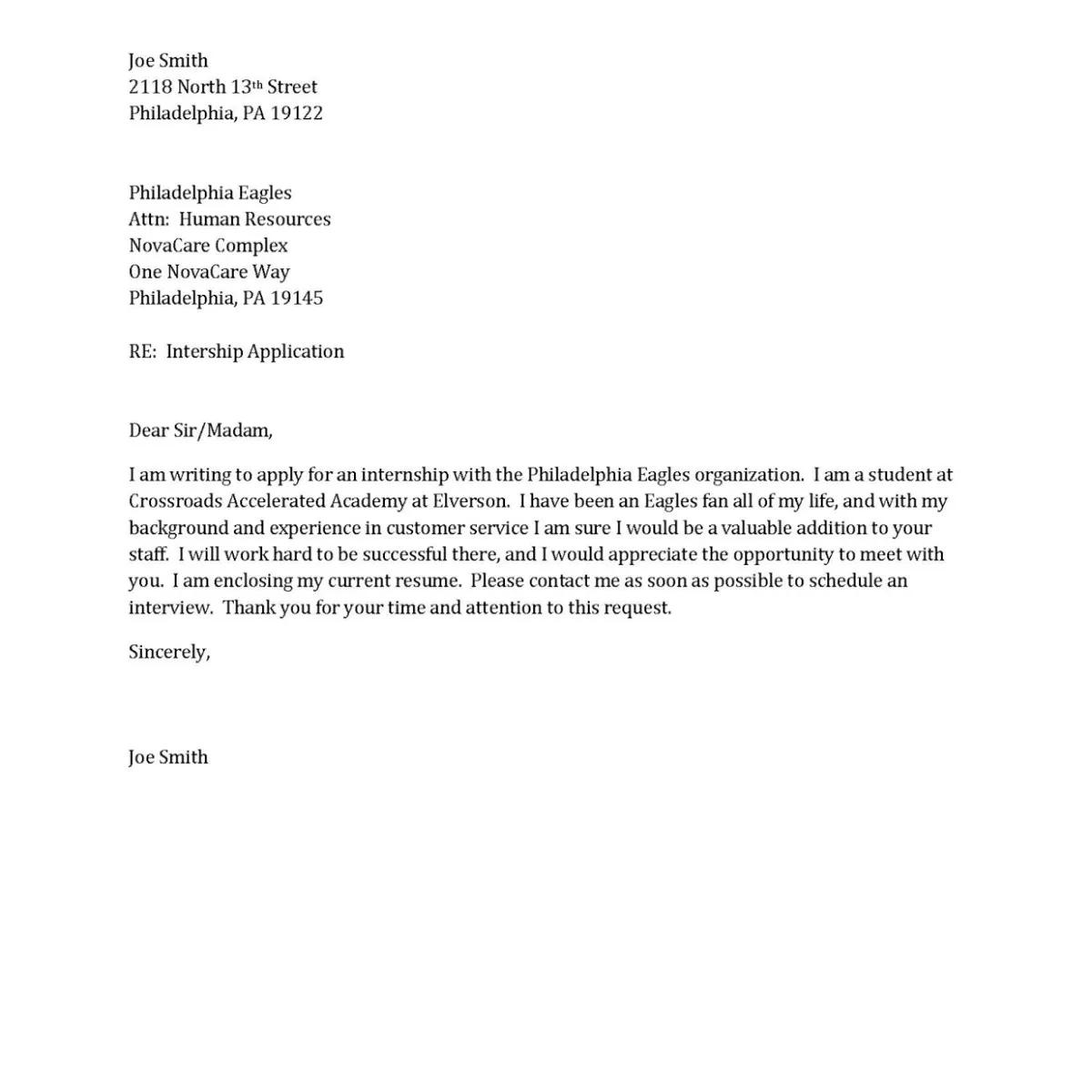
On the other hand, an improperly addressed cover letter can send the wrong message. Addressing it to the wrong person, or using a generic greeting like “To Whom It May Concern,” can create a negative impression. It suggests a lack of attention to detail, research, and a general lack of interest in the specific role or company. In a competitive job market, these errors can quickly lead to your application being overlooked. Employers often use the cover letter as a screening tool, and improper addressing is an easy way to remove candidates from consideration, as it indicates a lack of effort or a generic approach to the application process. It demonstrates that you are perhaps not as engaged with the role or company as other candidates.
Strategies for Researching the Hiring Manager
Before you start writing your cover letter, take the time to find out who will be reading it. This is an important step, and the effort you put into this will be noticed. Researching the hiring manager is essential, but not always easy. There are several resources you can use to find the right contact person. The goal is to find the name of the person who will actually be reviewing your application. This personalization shows initiative and attention to detail, which are very attractive qualities to potential employers. It is very important to make sure the research is done before submitting your cover letter.
Using LinkedIn to Find the Right Person
LinkedIn is an excellent resource for finding the hiring manager. Begin by searching for the company and then look at the employees in the relevant department. If the job posting includes a recruiter’s name, you can often find their profile on LinkedIn and address your cover letter to them. Alternatively, you can search for individuals with titles such as ‘Hiring Manager,’ ‘Recruiter,’ or ‘Talent Acquisition Specialist.’ Be sure to tailor the cover letter to the person’s role and responsibilities. Look for any information on their profile that might inform your approach, such as their interests or any shared connections. The more relevant the information you have, the easier it will be to make the cover letter feel more personal and engaging.
Company Website and ‘Contact Us’ Pages
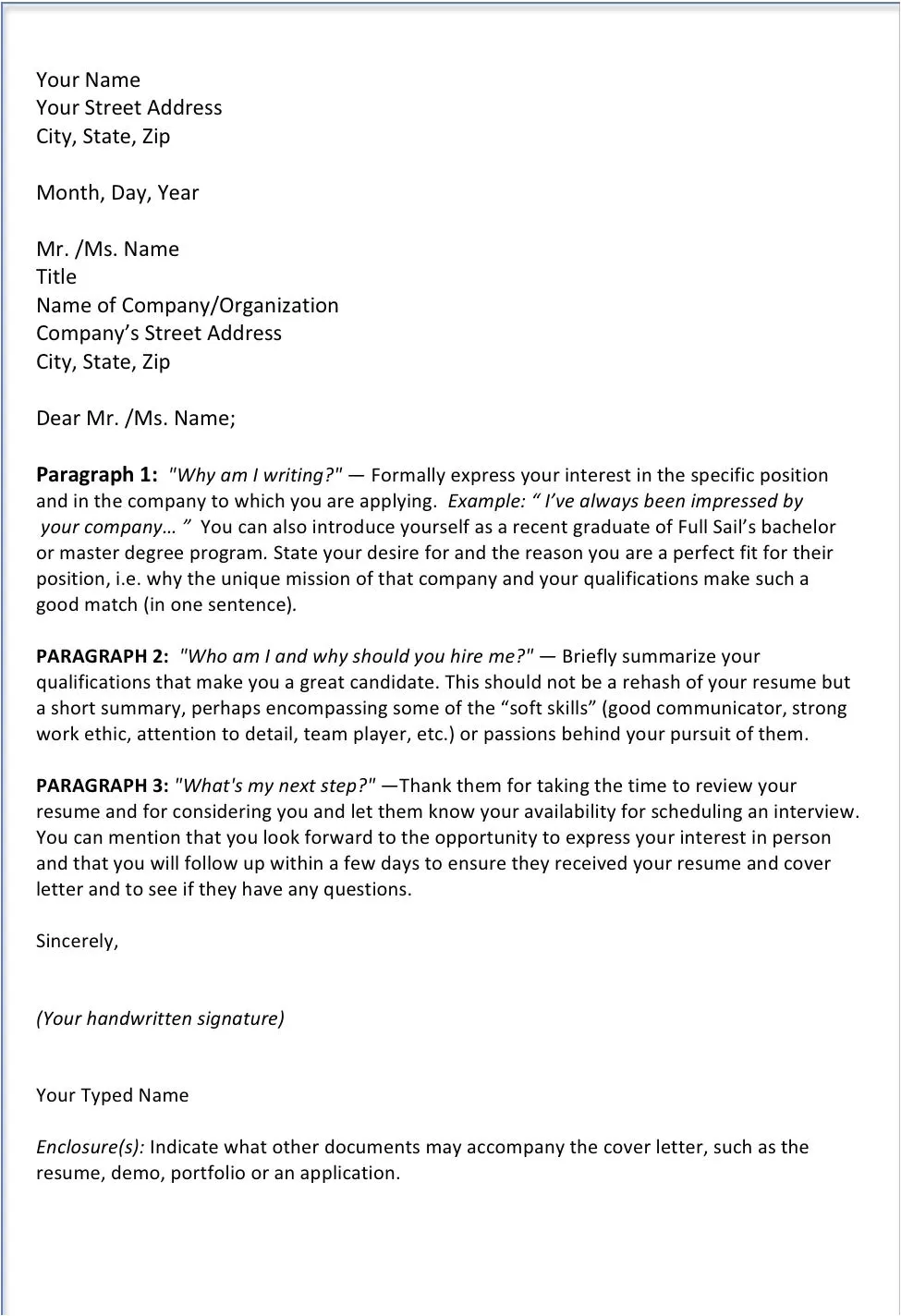
The company website is another valuable source of information. Look for an ‘About Us’ or ‘Our Team’ section. Many companies have profiles of their leadership teams or department heads. If the specific hiring manager isn’t listed, you might find the name of the HR manager or the head of the department where the role is located. You can also check the ‘Contact Us’ page for general inquiries. While this won’t always give you a specific person’s name, it might provide you with a department or email address that is more specific than a generic contact. If you find a company directory, this can be a great resource to identify the hiring manager or the recruiter responsible for the position.
Alternatives When the Contact is Still Unknown
Despite your best efforts, you may not be able to find a specific person to address your cover letter to. In such cases, it’s important to use a professional alternative. A generic greeting can be a last resort, but if used, it should be handled carefully. Avoid being overly formal. If you can’t address the letter to an individual, your goal is to choose a greeting that is still professional and will capture the attention of the person reading it. There are several alternatives that can work well, but it is important to choose the best one.
Using a General Greeting
If you must use a general greeting, choose one that is both professional and relevant to the job. Avoid overly generic phrases that might give the impression that your application is a mass mailing. Strive for a tone that shows respect and interest in the position. It is also acceptable to use a department name if known. Before using a generic greeting, make sure you have exhausted all other options for identifying the correct person to address the cover letter to. In some instances, a generic greeting is better than addressing the letter to the wrong person.
Phrases to Avoid
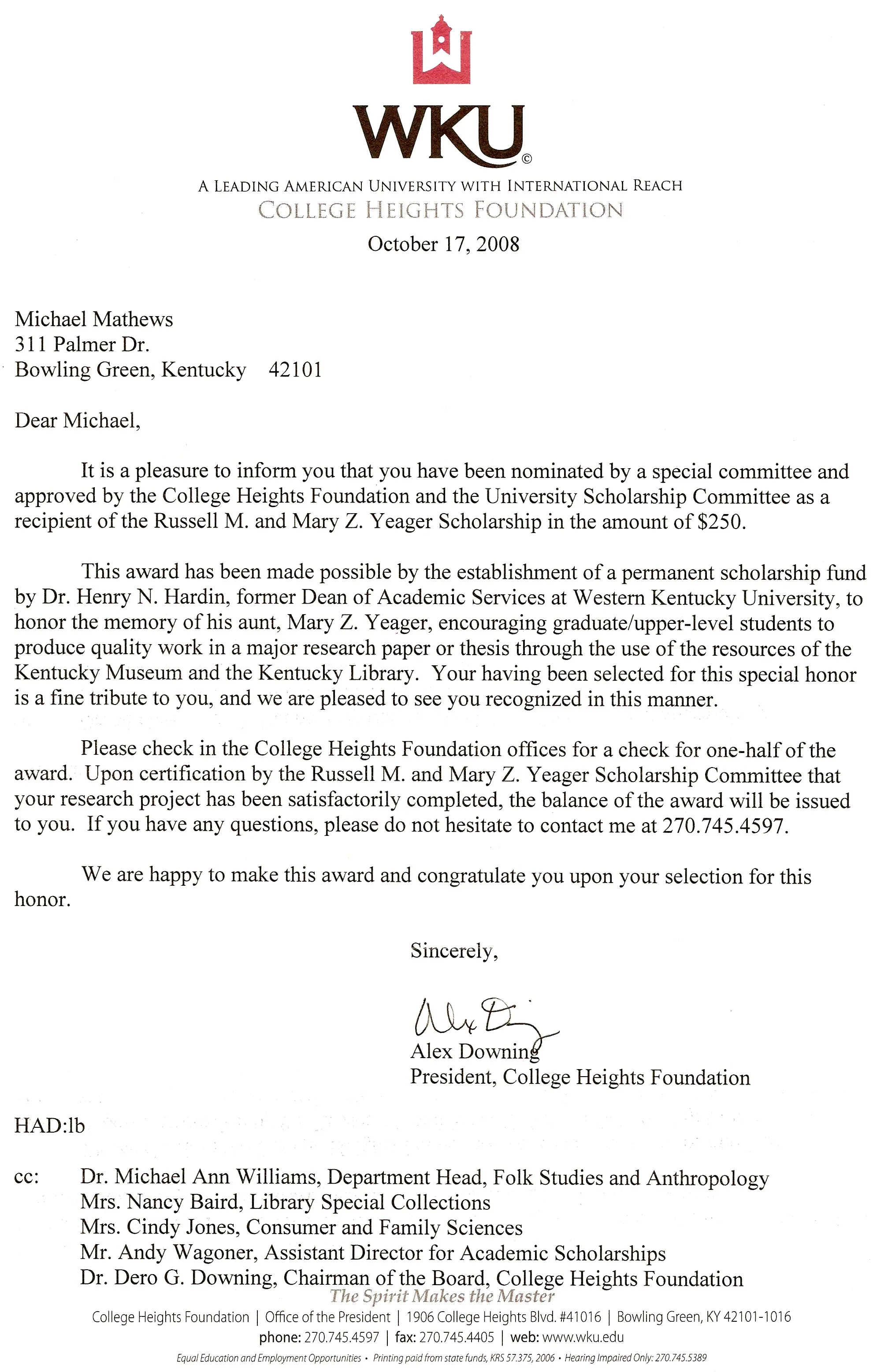
Some phrases should always be avoided, as they can come across as impersonal or outdated. Phrases like ‘To Whom It May Concern’ are particularly impersonal and indicate that you haven’t made any effort to personalize the letter. They also suggest a lack of effort. Other phrases, like ‘Dear Sir or Madam,’ can also seem overly formal, depending on the company culture. It is better to be professional and personalized when addressing the letter, especially when you are applying for a job. Always avoid phrases that come across as vague or impersonal.
Examples of Acceptable Greetings
If you cannot find a specific name, consider using ‘Dear Hiring Manager,’ or ‘Dear [Department Name] Team’. These greetings show you’ve made an effort to identify the appropriate recipient or department. If the job posting mentions a specific role or title, you could also use ‘Dear [Job Title]’. For example, if the posting is for a Marketing Manager, you might use ‘Dear Marketing Manager’. Using the job title can demonstrate your understanding of the role and company. These alternatives are much better than generic greetings that suggest you haven’t done any research.
Formatting and Tone for an Unaddressed Cover Letter
Even if you can’t find a specific name, you can still make your cover letter stand out through its tone and formatting. Maintain a professional and engaging tone throughout the letter. Focus on demonstrating your enthusiasm for the role and company. Highlight your relevant skills and experience. Use clear and concise language, making it easy for the reader to understand your qualifications and why you’re a good fit. Proper formatting, including clear paragraphs and headings, can also enhance readability and professionalism. It’s vital to ensure your cover letter is easy to read and demonstrates your understanding of the job and the company.
Maintaining Professionalism and Politeness
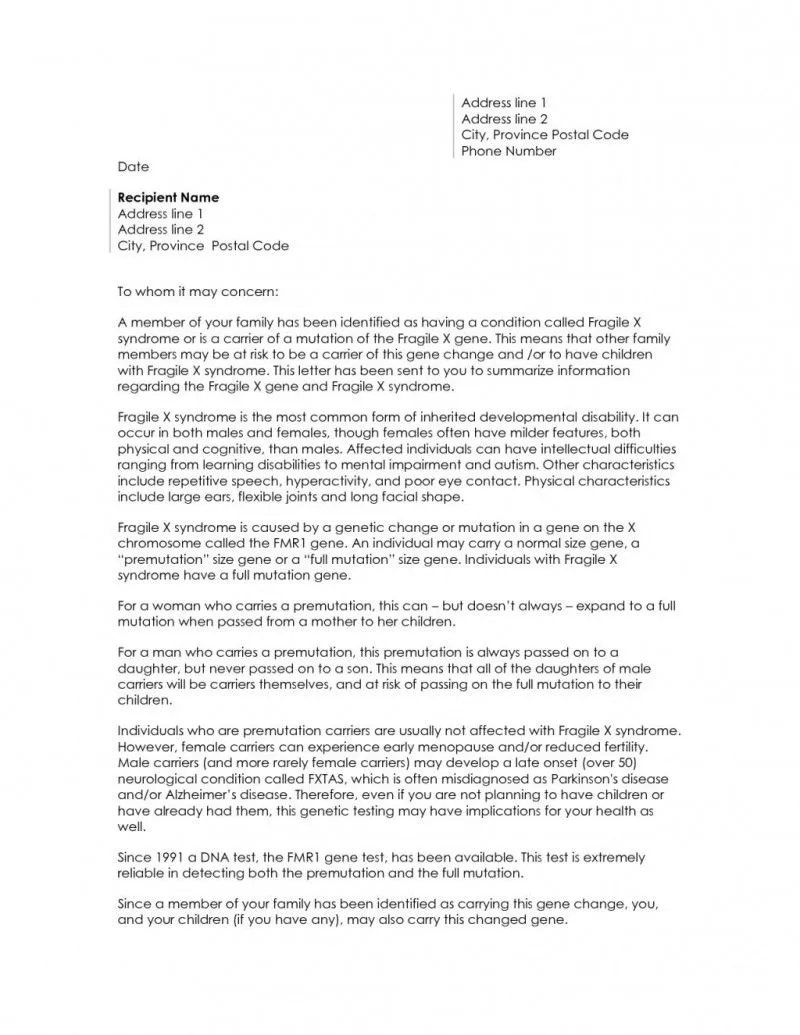
Always maintain a professional tone throughout your cover letter. Be polite and respectful in your language and avoid slang or overly casual phrasing. Even without a specific name, the tone of your writing can make a big difference. Your tone should reflect the company’s values. Focus on demonstrating your interest and enthusiasm for the role and the company. Be sure to express your gratitude for their time and consideration. Professionalism extends beyond simply avoiding negative language and also includes your word choice, which is a reflection of you and your personality. A professional, polite tone will make a positive impression, even if you cannot address the letter to a specific person.
Highlighting Relevant Skills and Experience
The core purpose of your cover letter is to demonstrate your fit for the role. Even when you can’t address it to a specific person, you can still achieve this by highlighting your relevant skills and experience. Carefully review the job description and identify the key requirements and keywords. Then, in your cover letter, demonstrate how your skills and experience align with those requirements. Provide specific examples of your accomplishments and quantify your results whenever possible. Show the potential employer what you can do for them. A well-crafted and focused cover letter that clearly outlines your qualifications can impress the hiring manager, even without a specific name.
Concluding Your Cover Letter
Conclude your cover letter by expressing your interest in the position and reiterating your enthusiasm for the company. Thank the reader for their time and consideration. Include a call to action, such as inviting them to contact you for an interview or follow up on your application. Proofread the entire letter carefully before submitting. Make sure your contact information is up-to-date and easy to find. A strong conclusion leaves the reader with a positive impression and encourages them to take the next step. It also reiterates your interest in the company, which is important whether or not you know who will be reading it.
